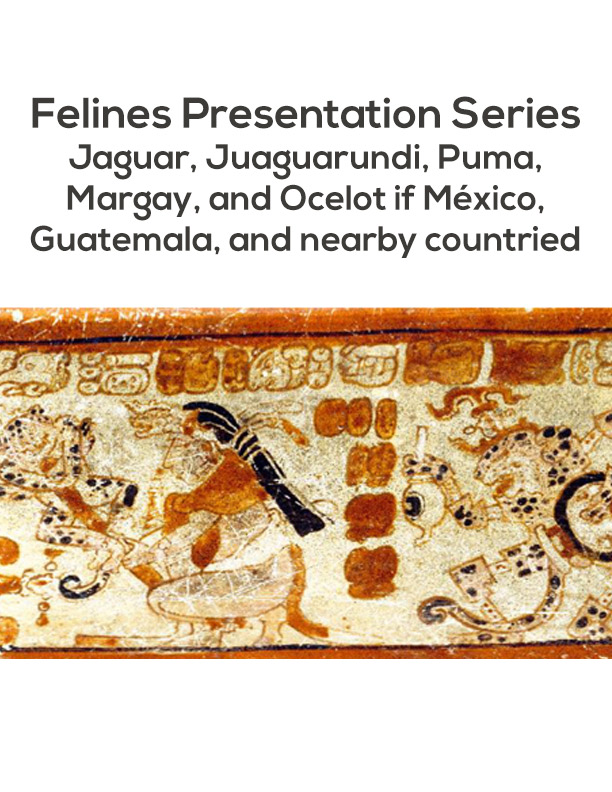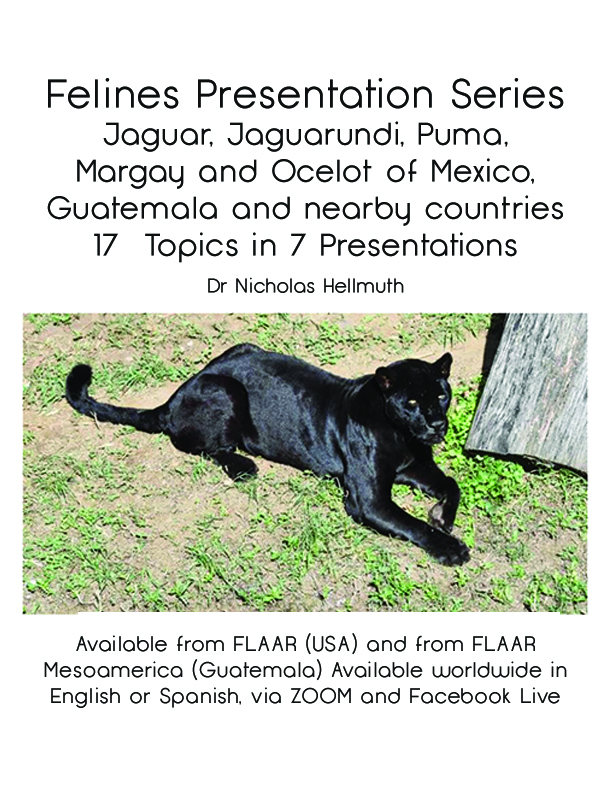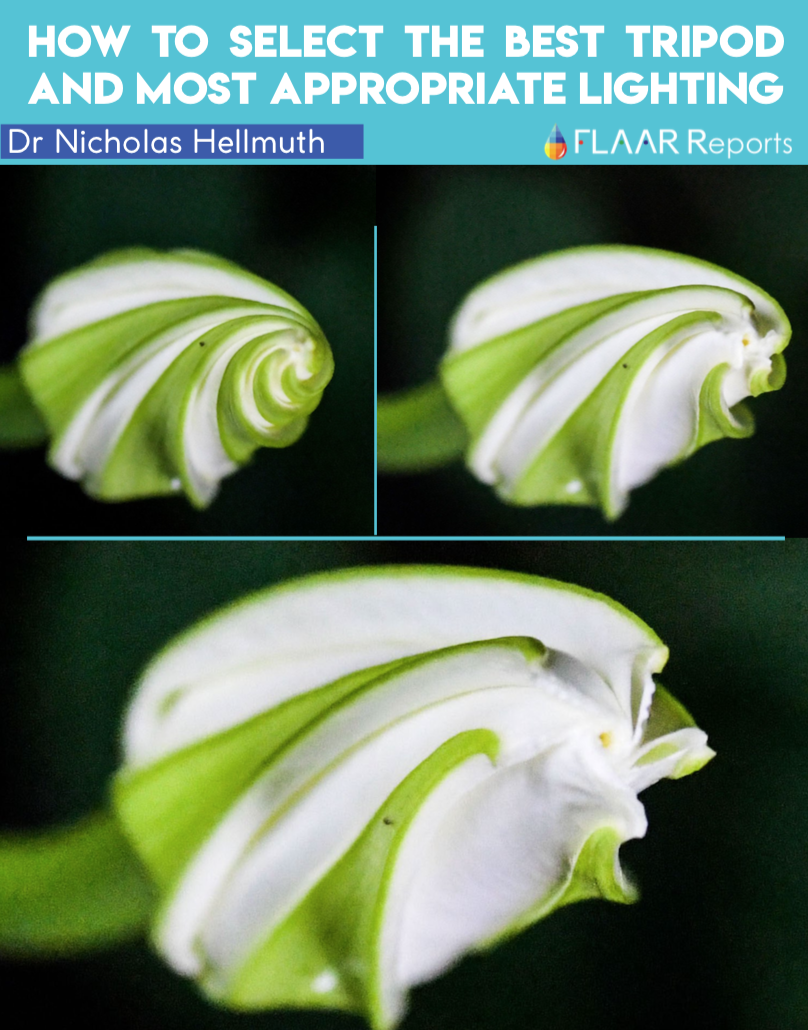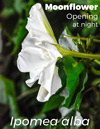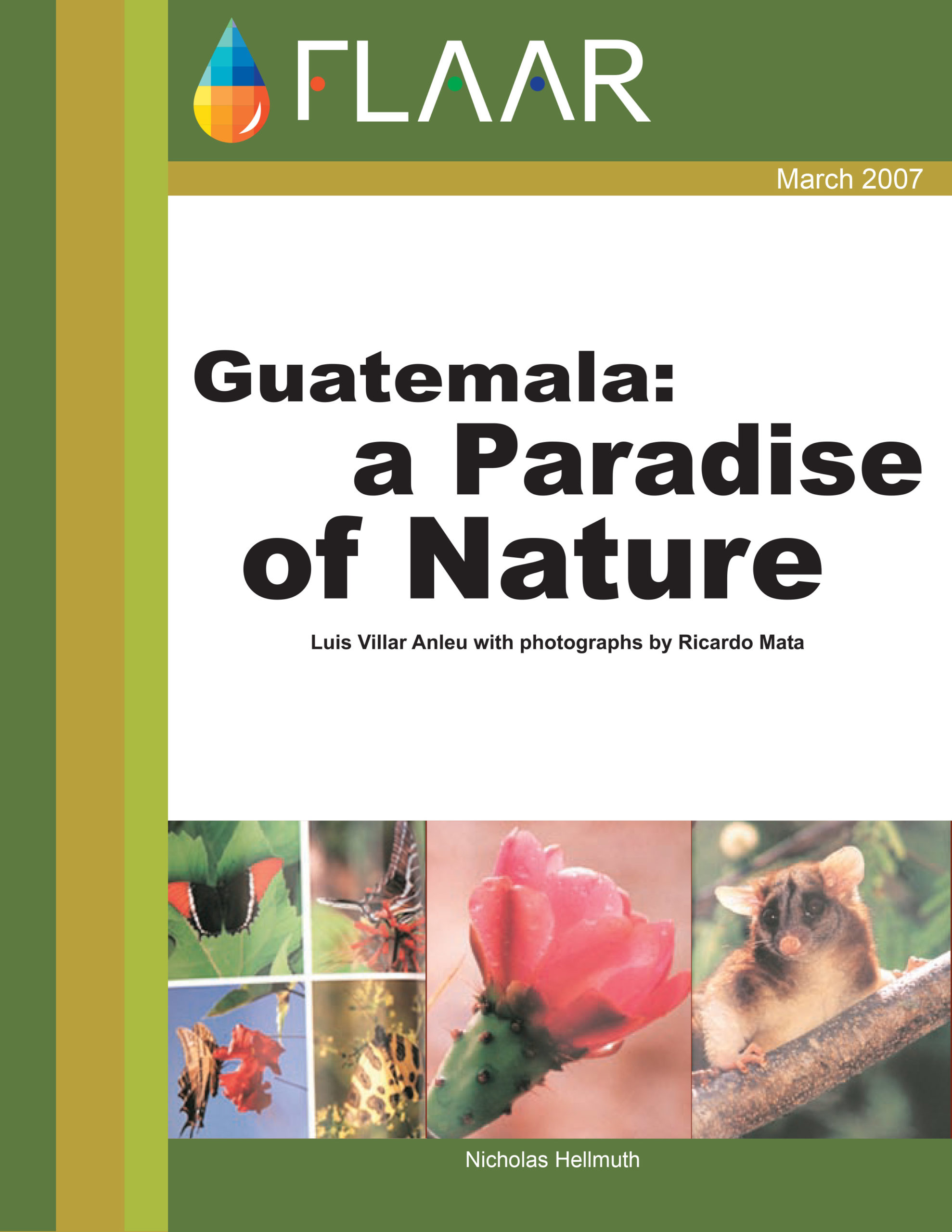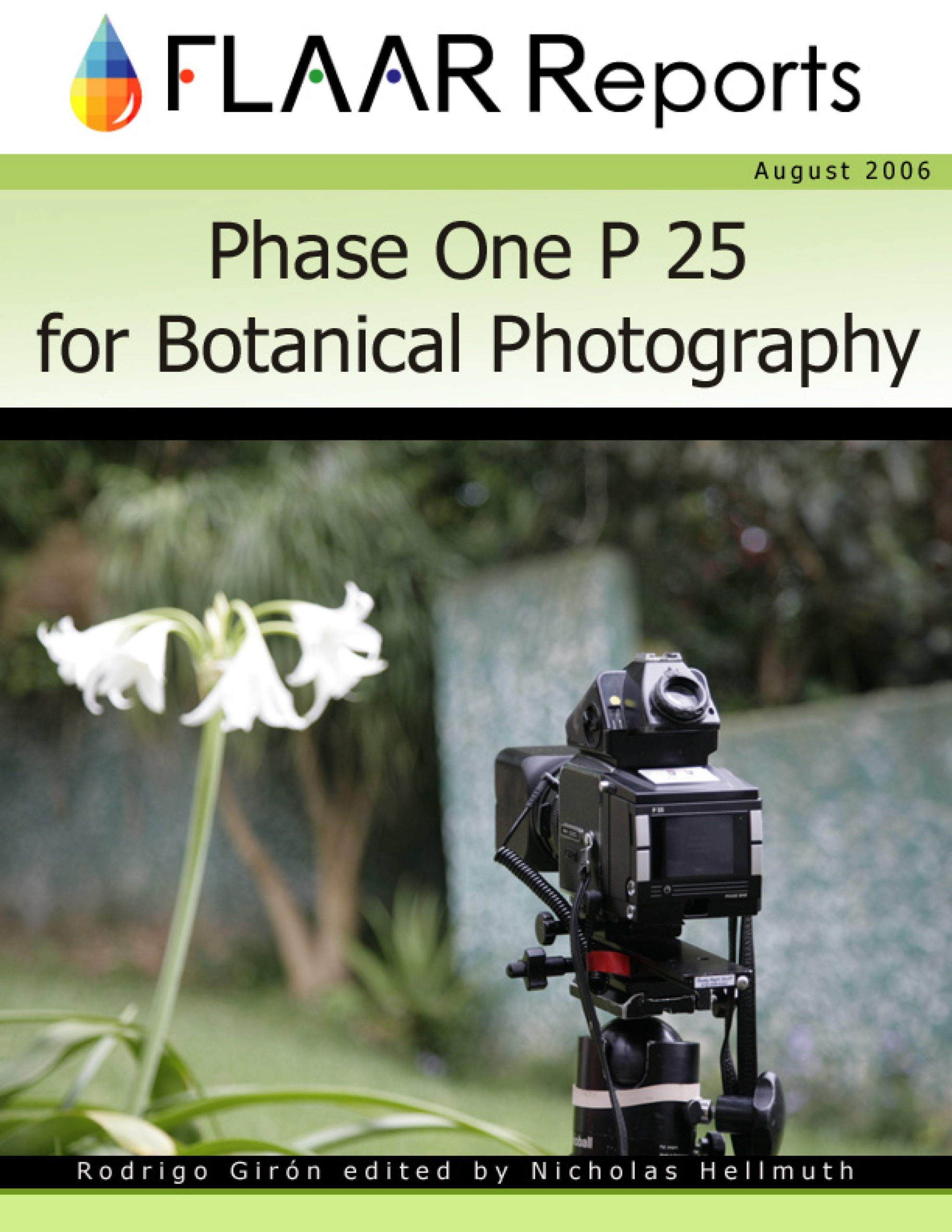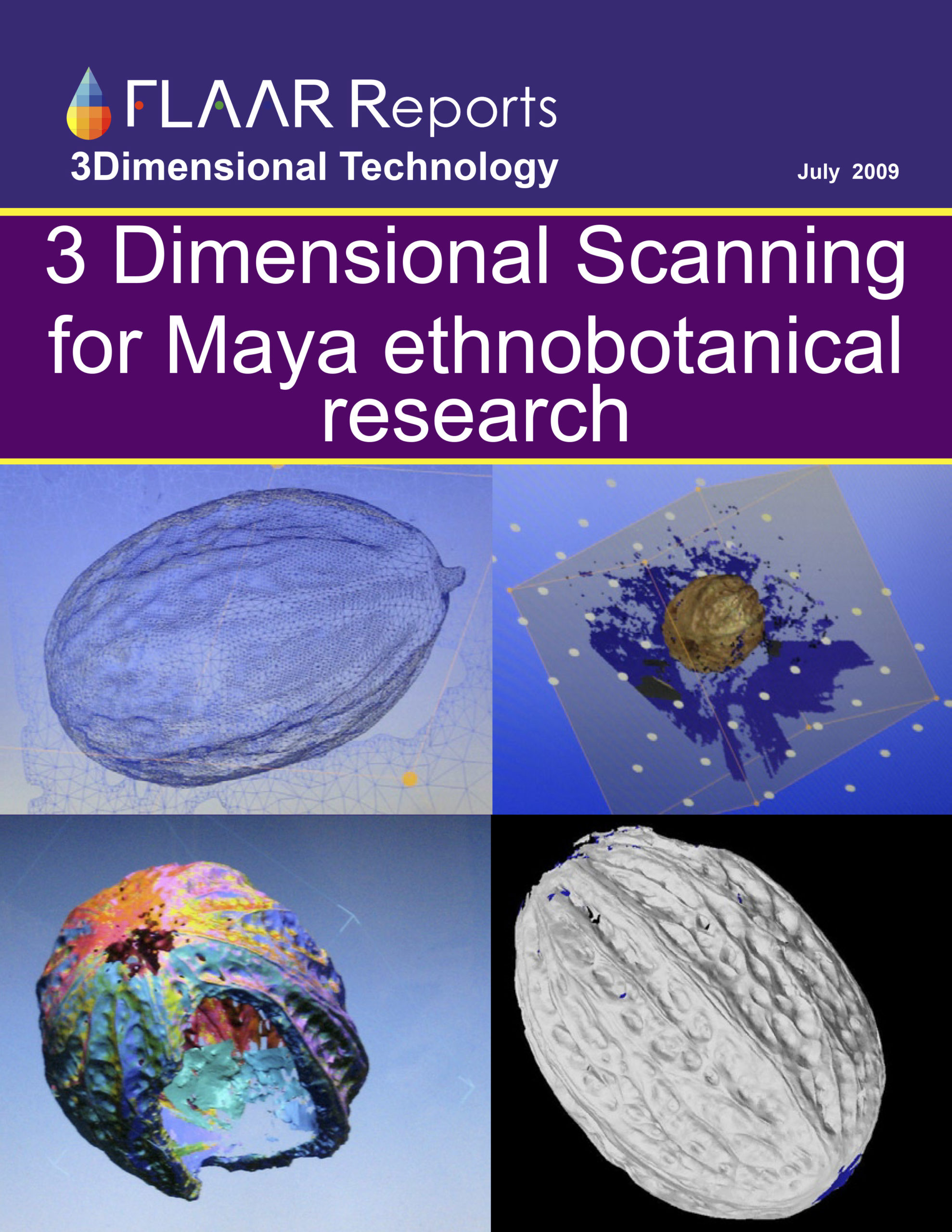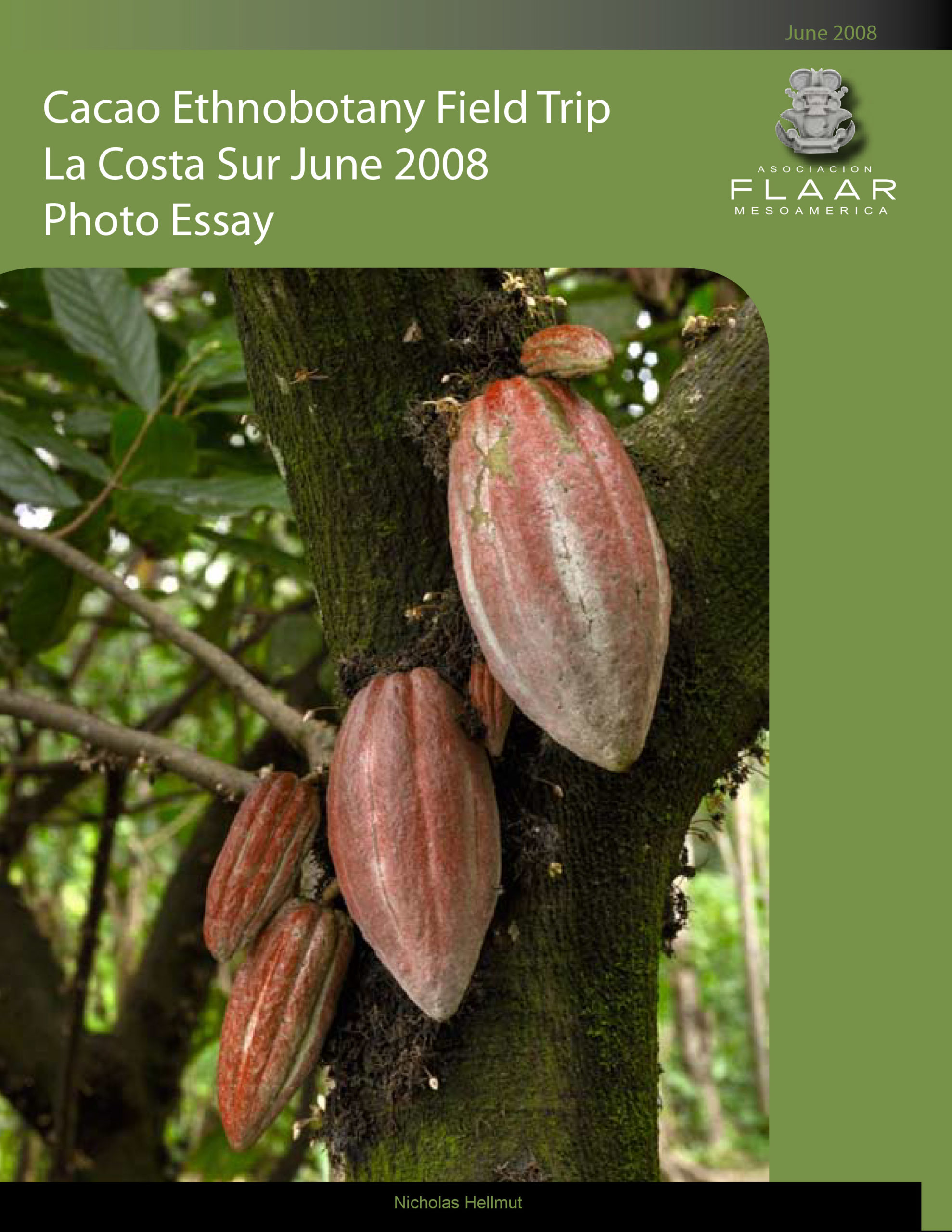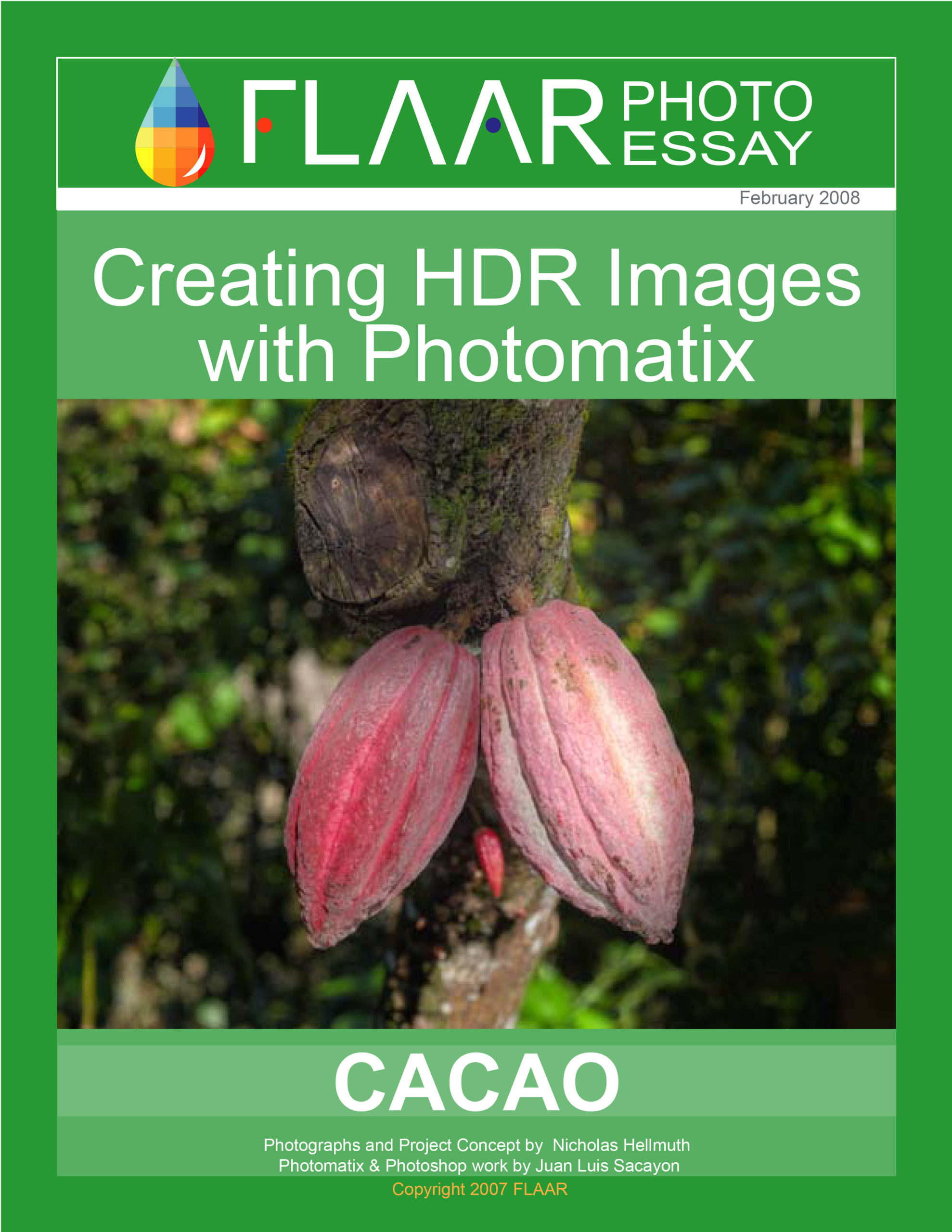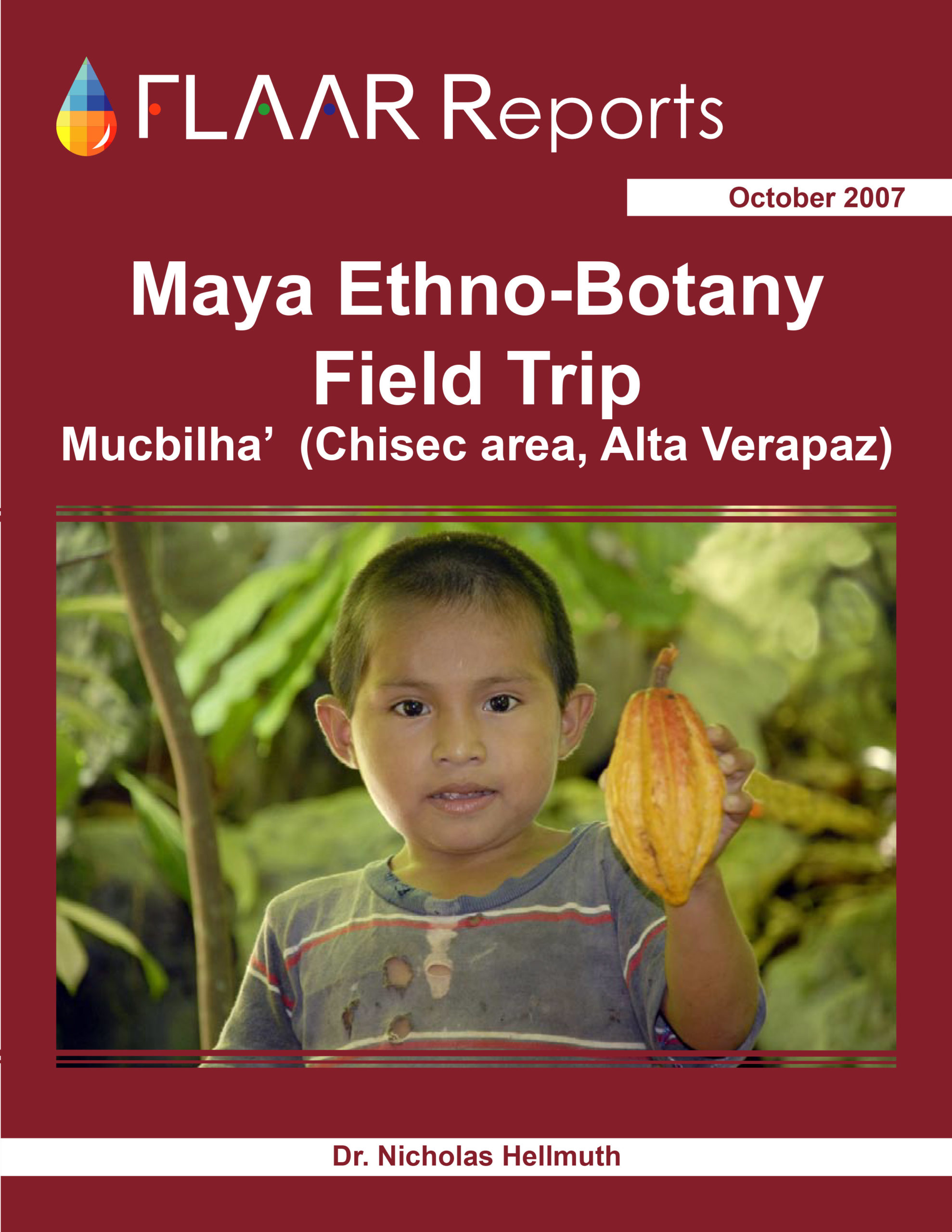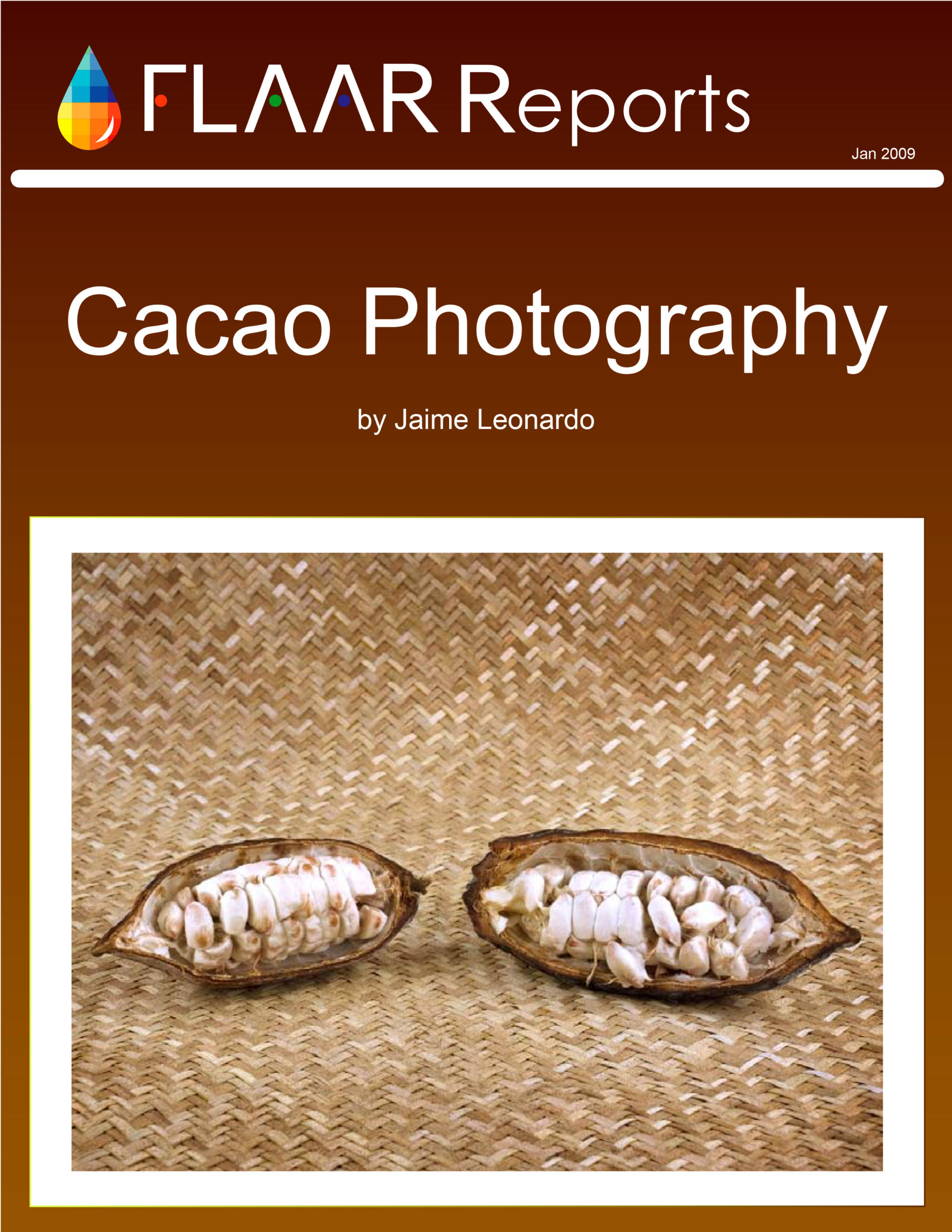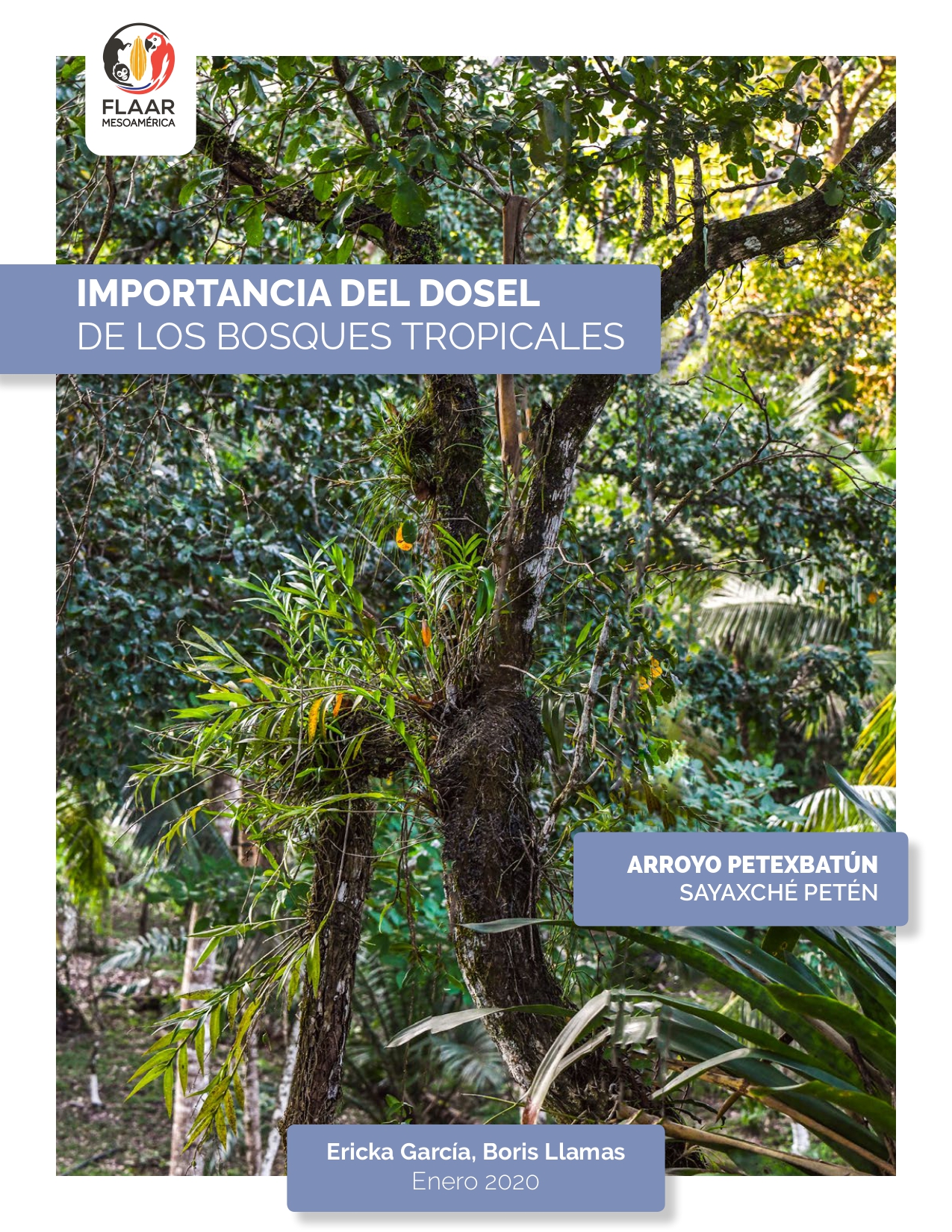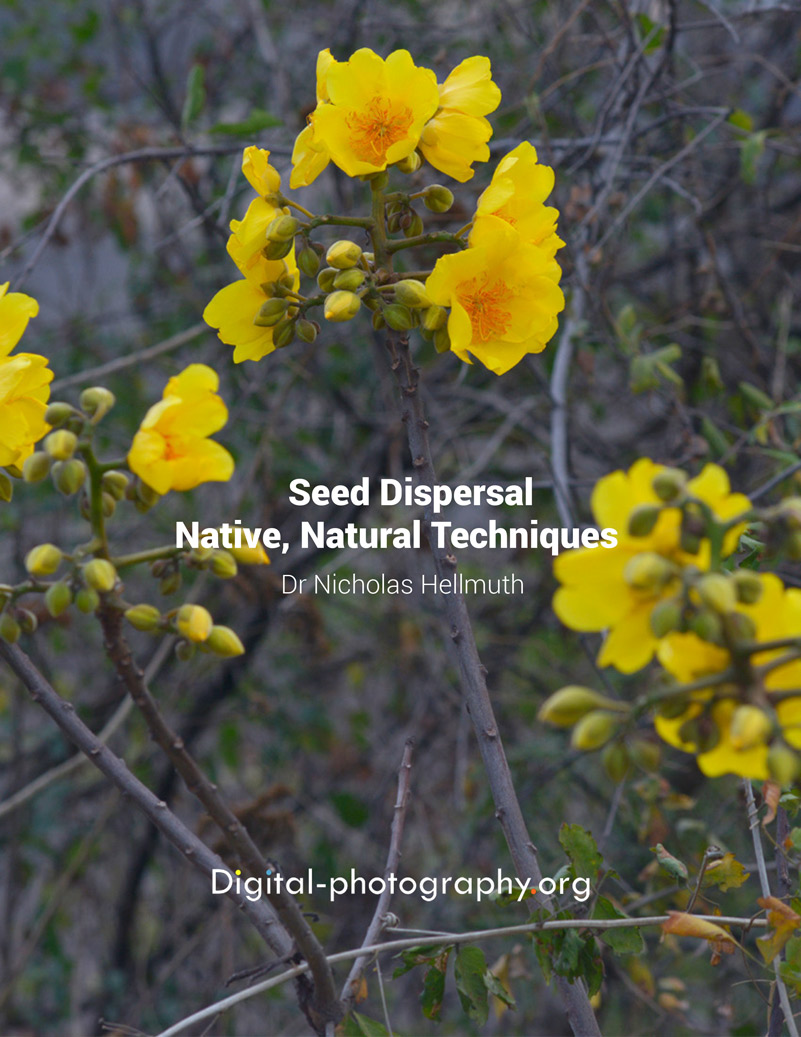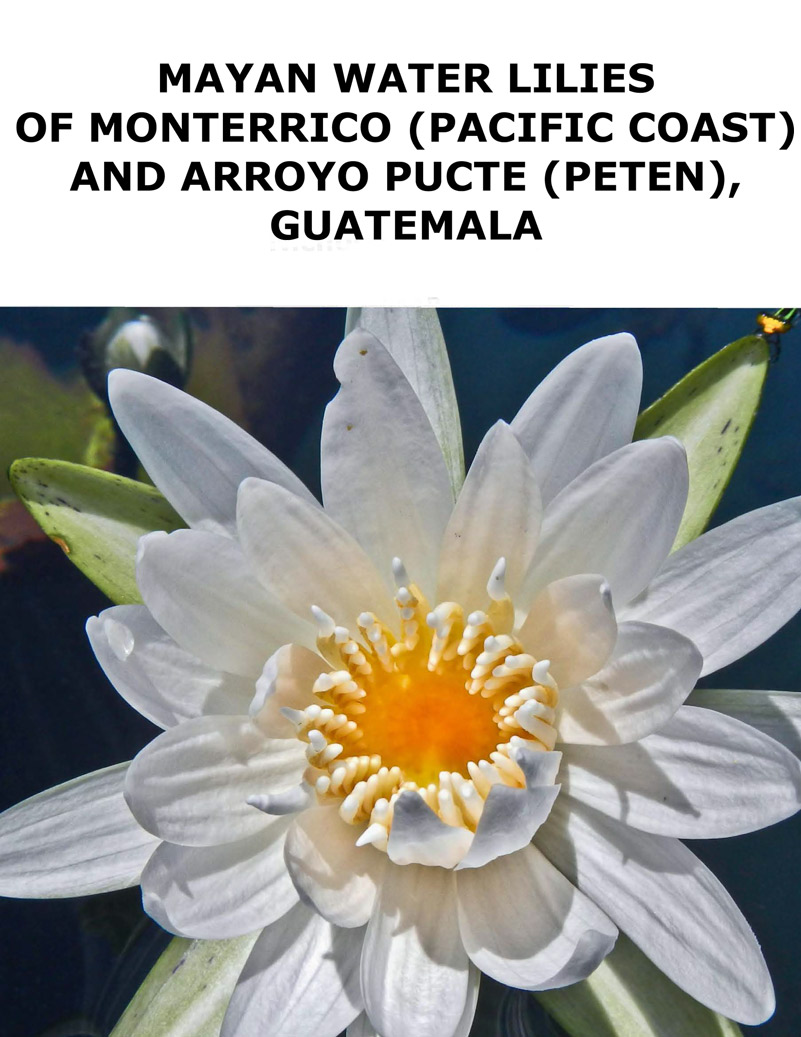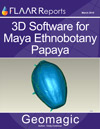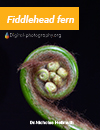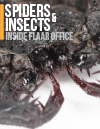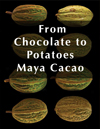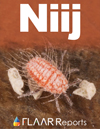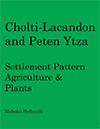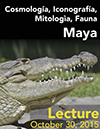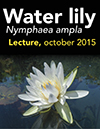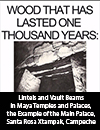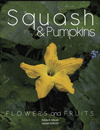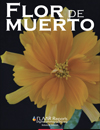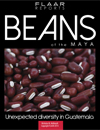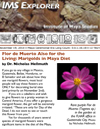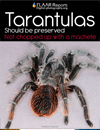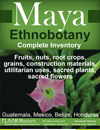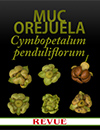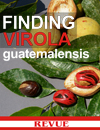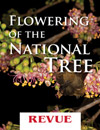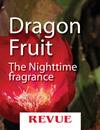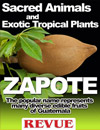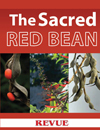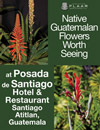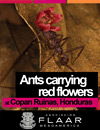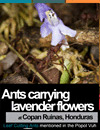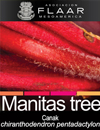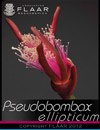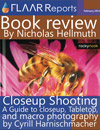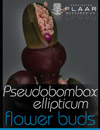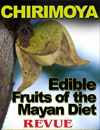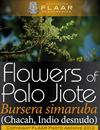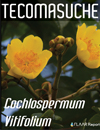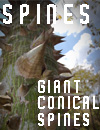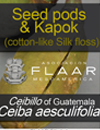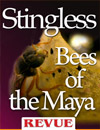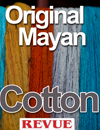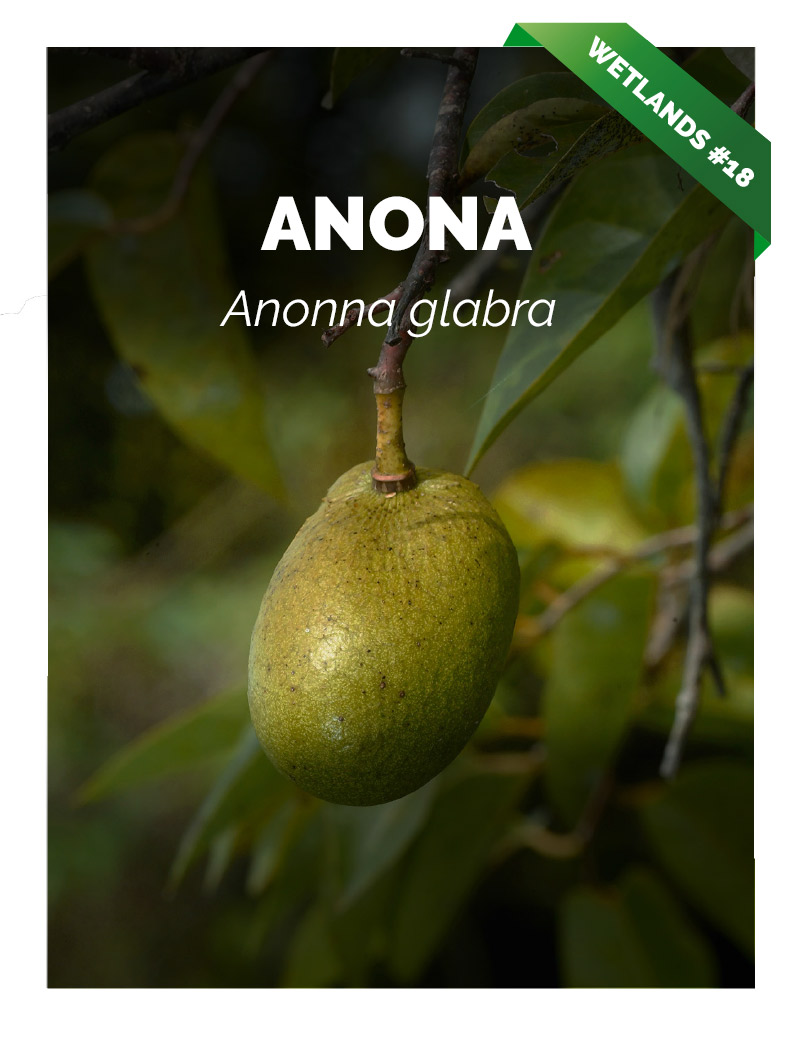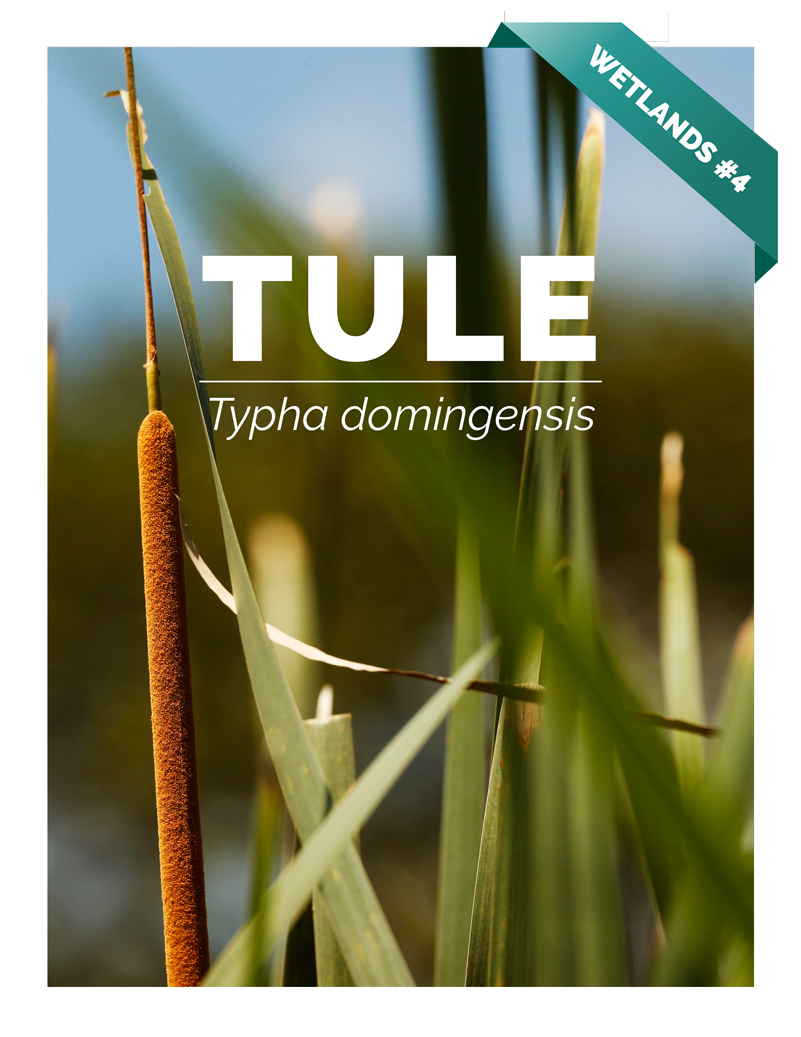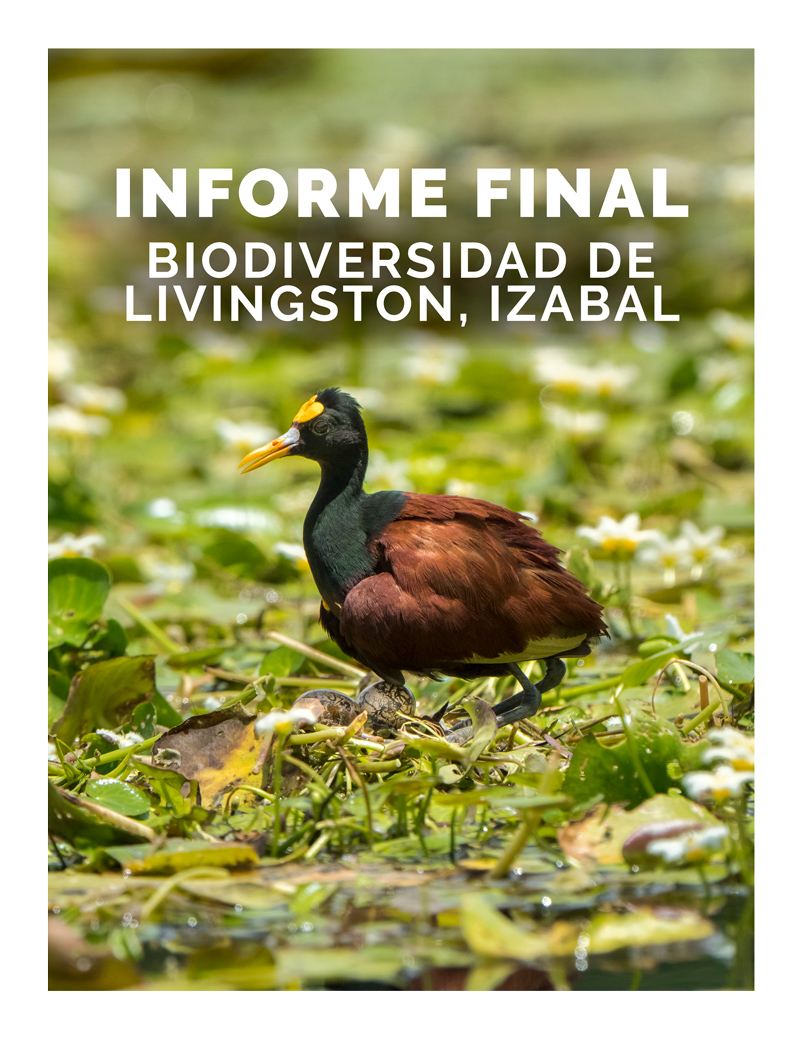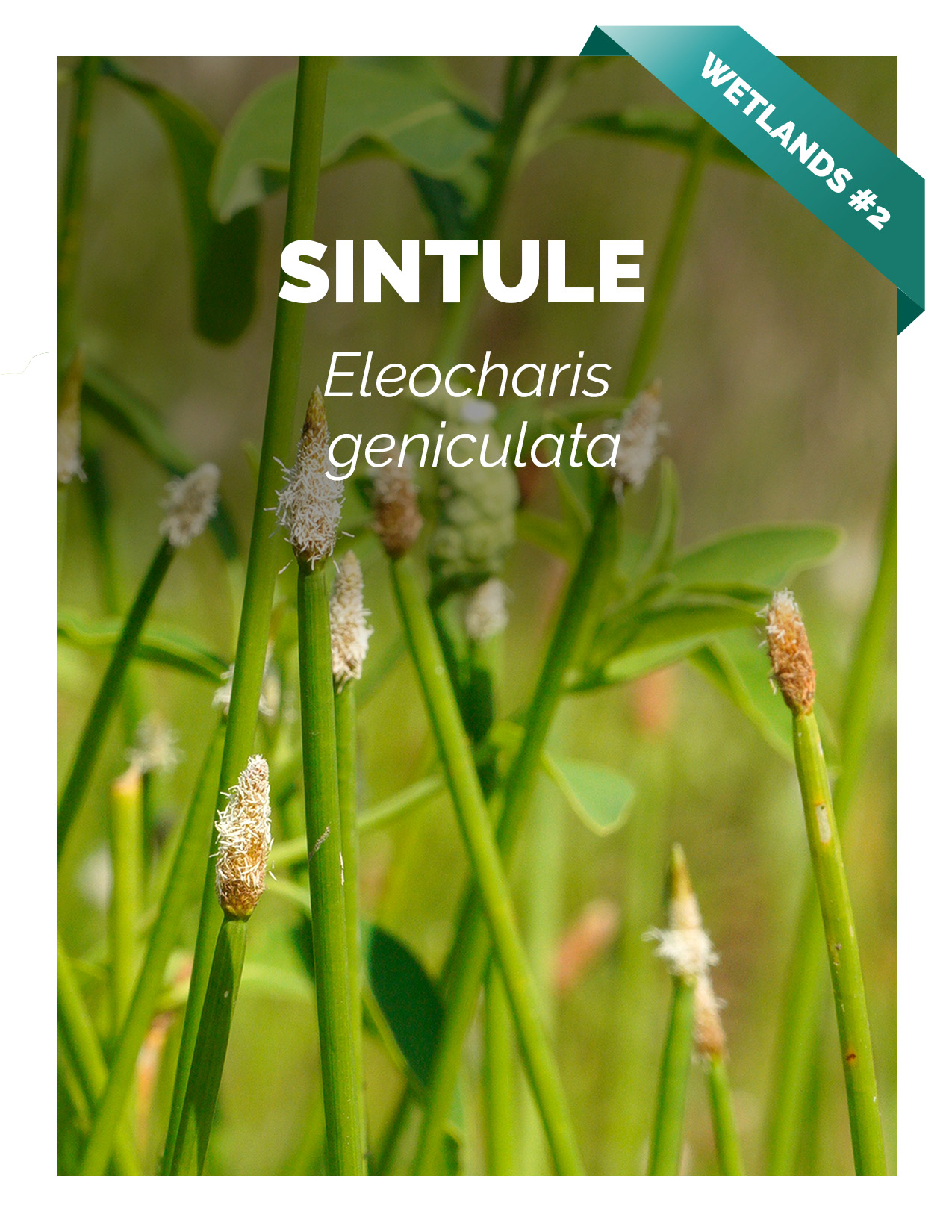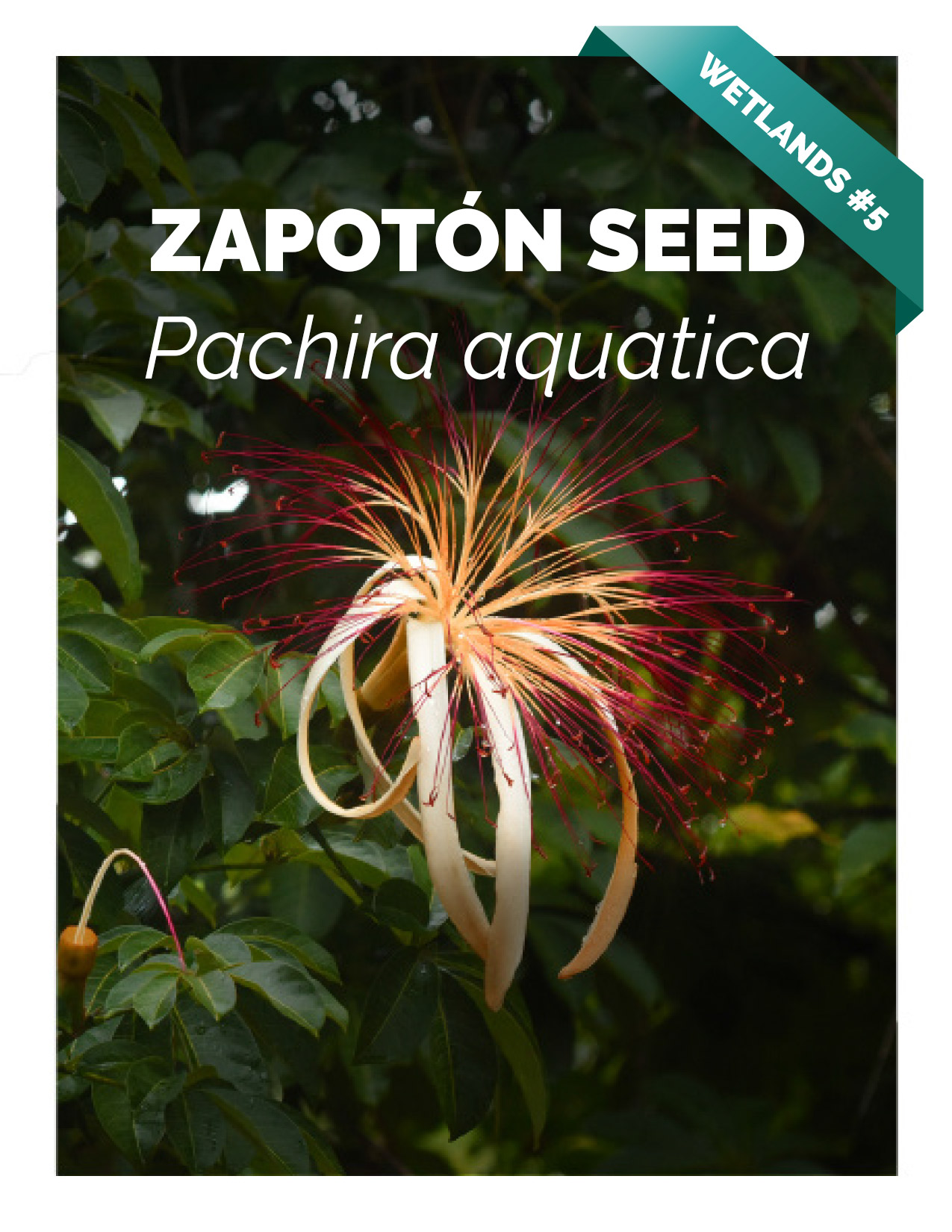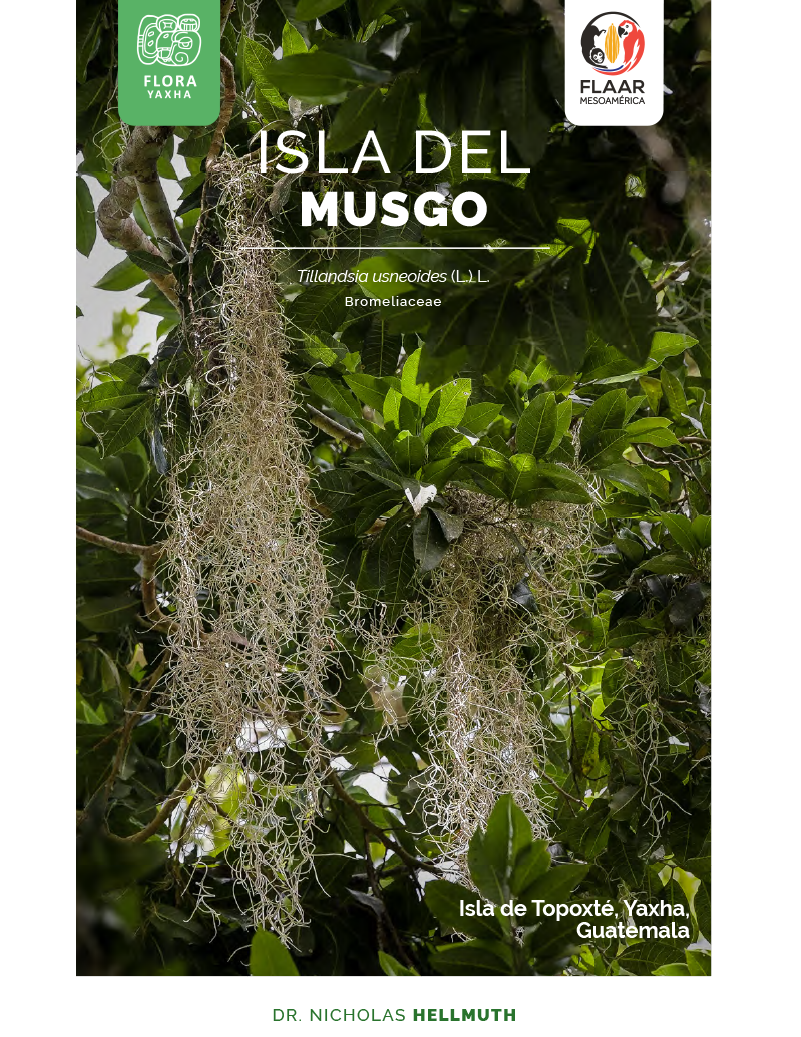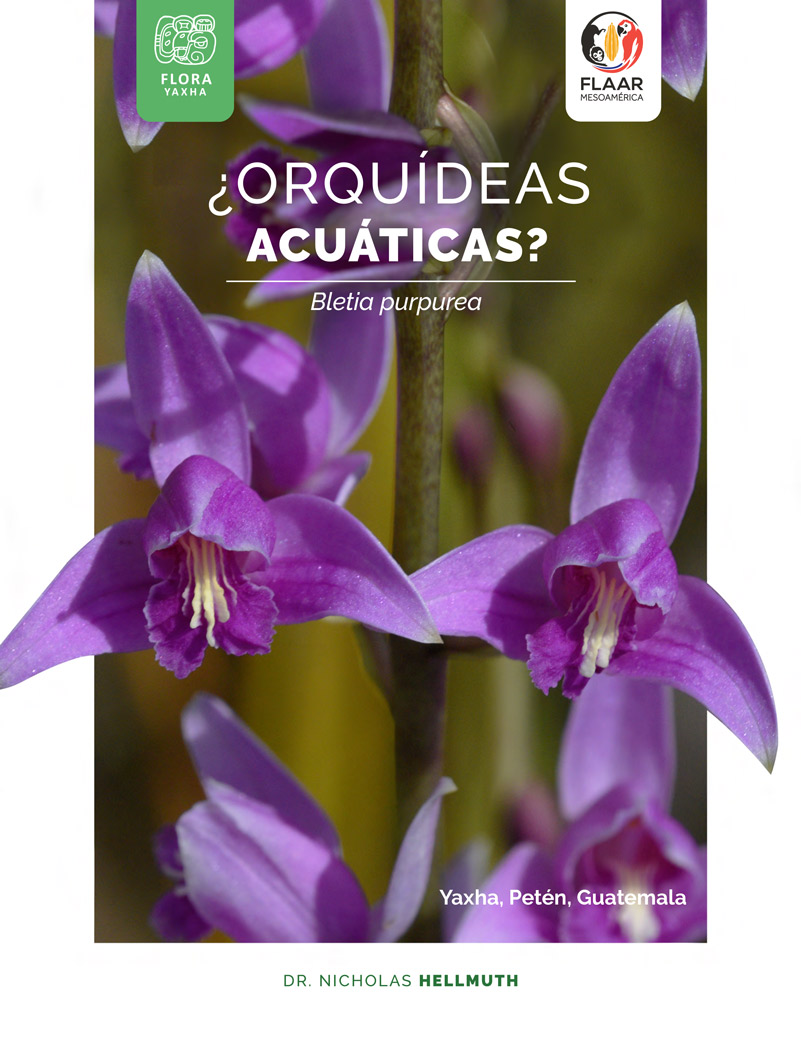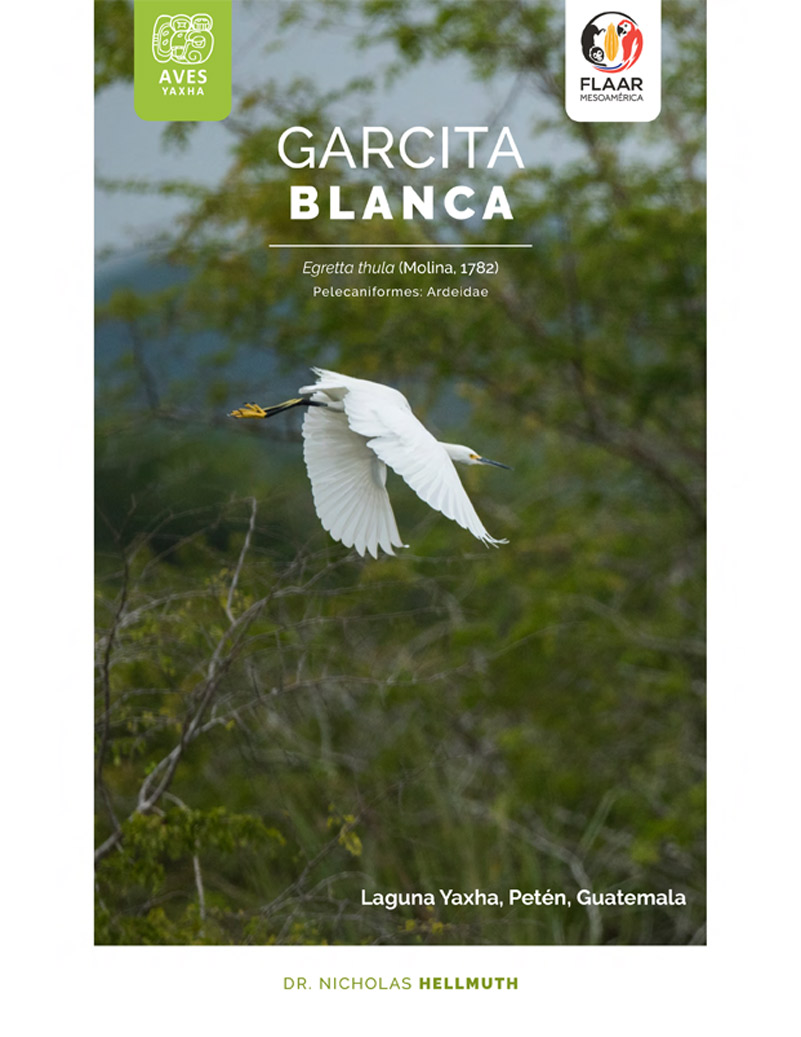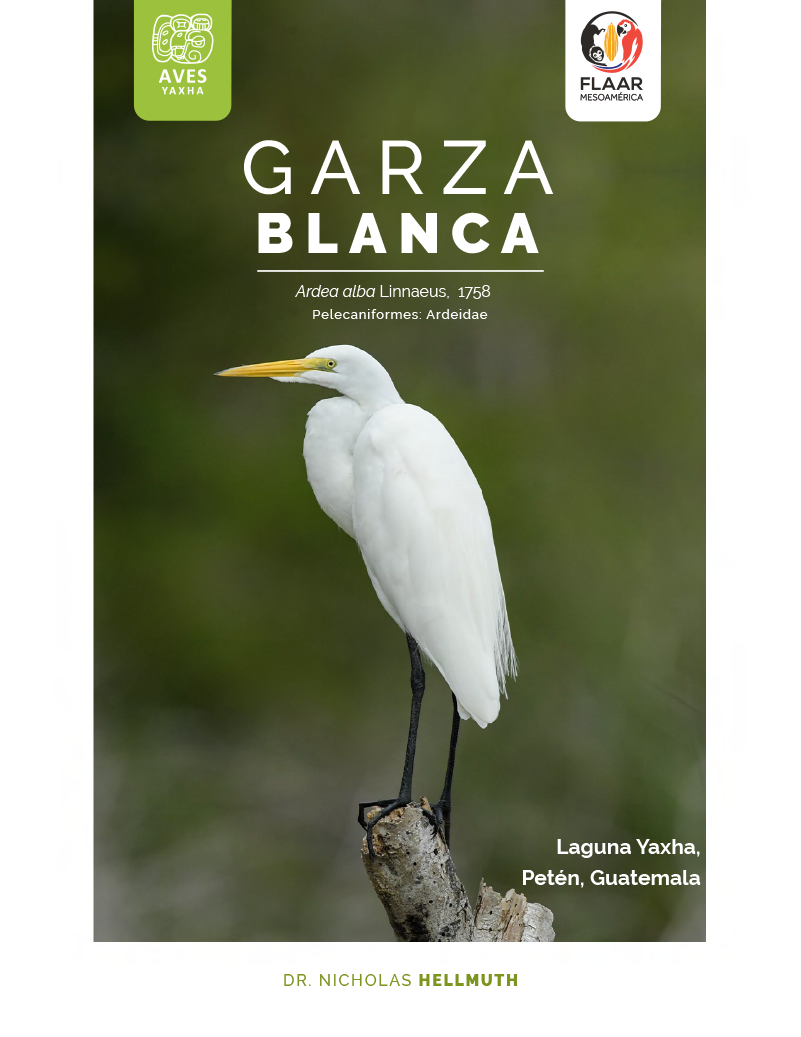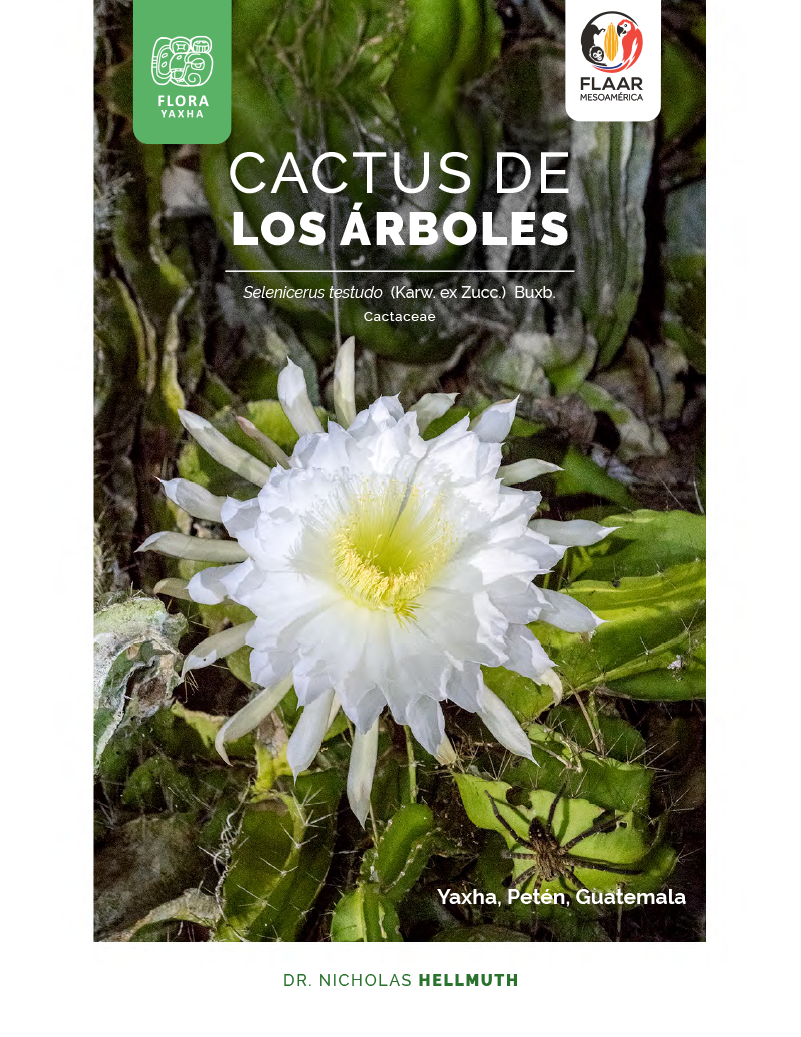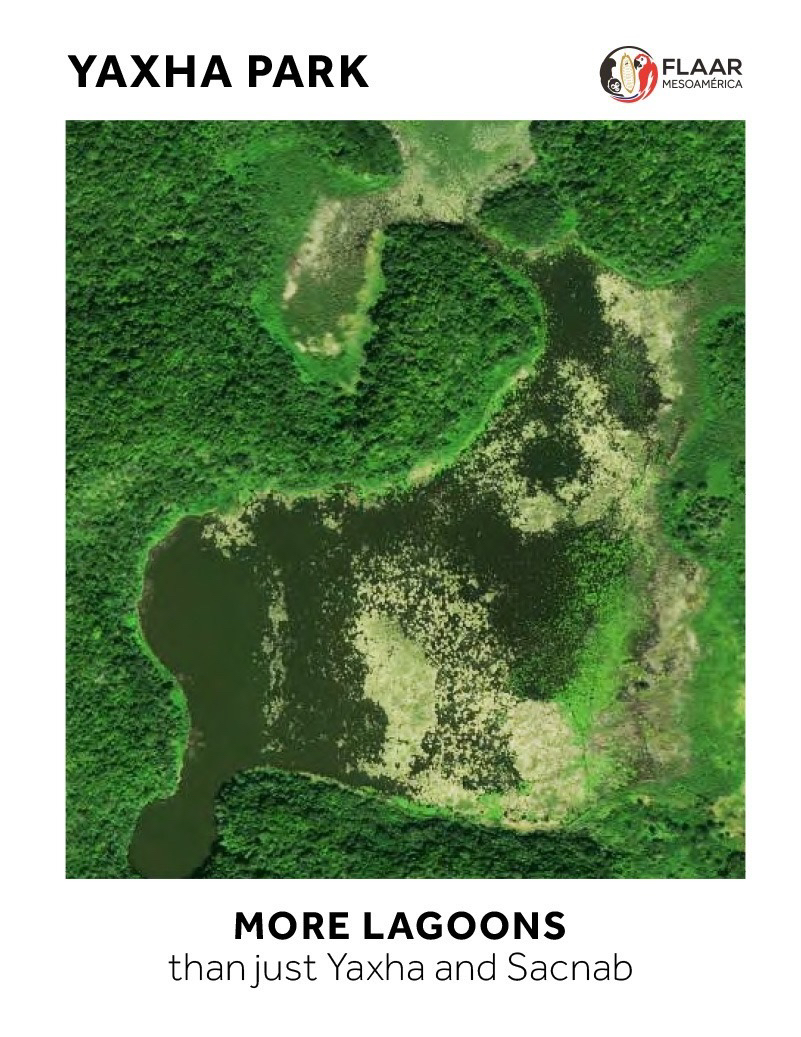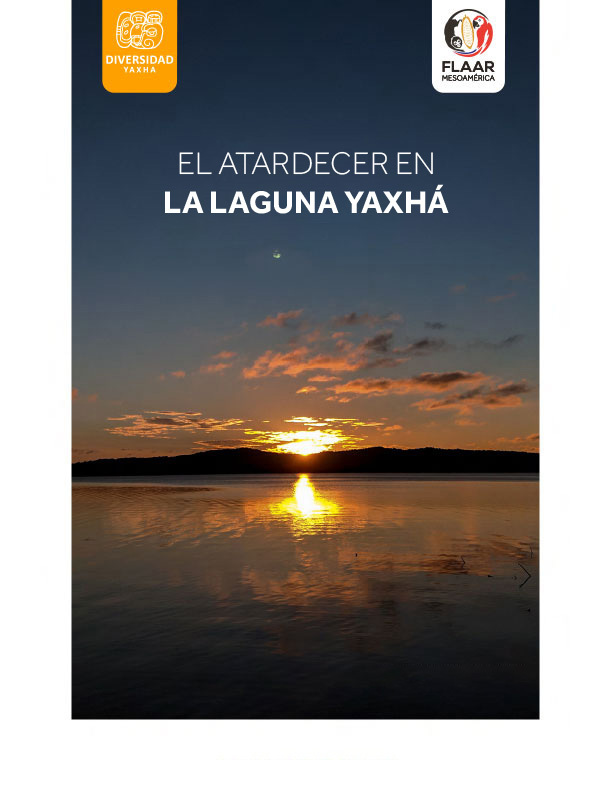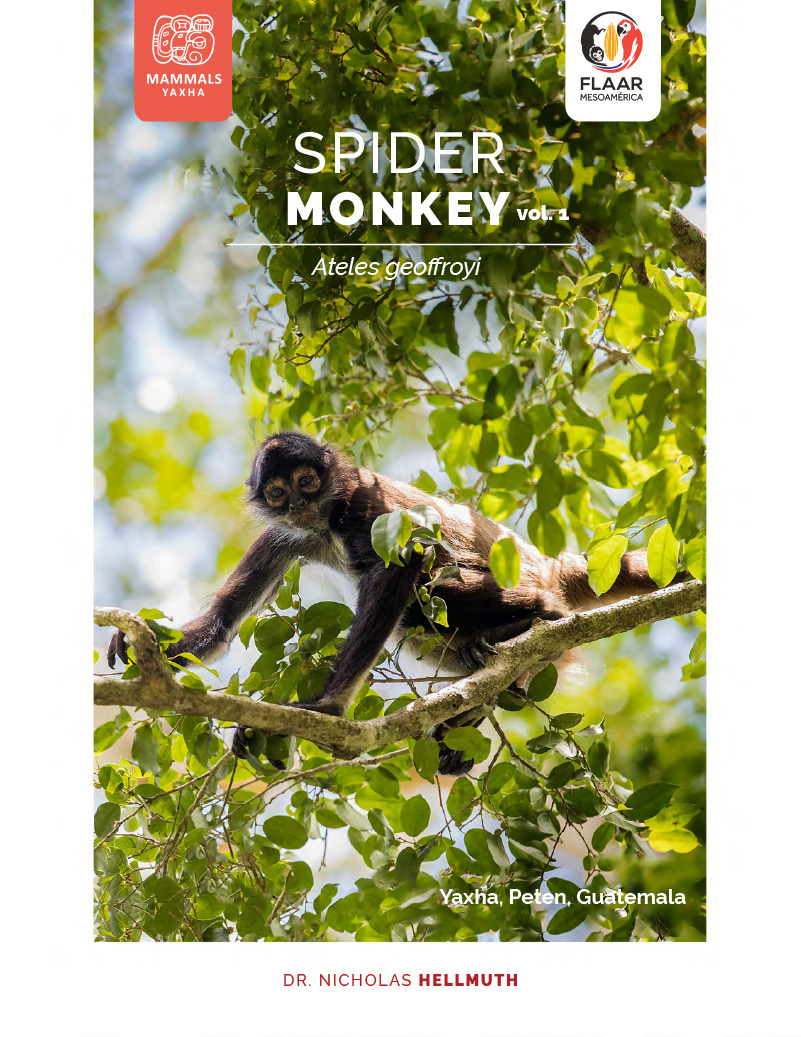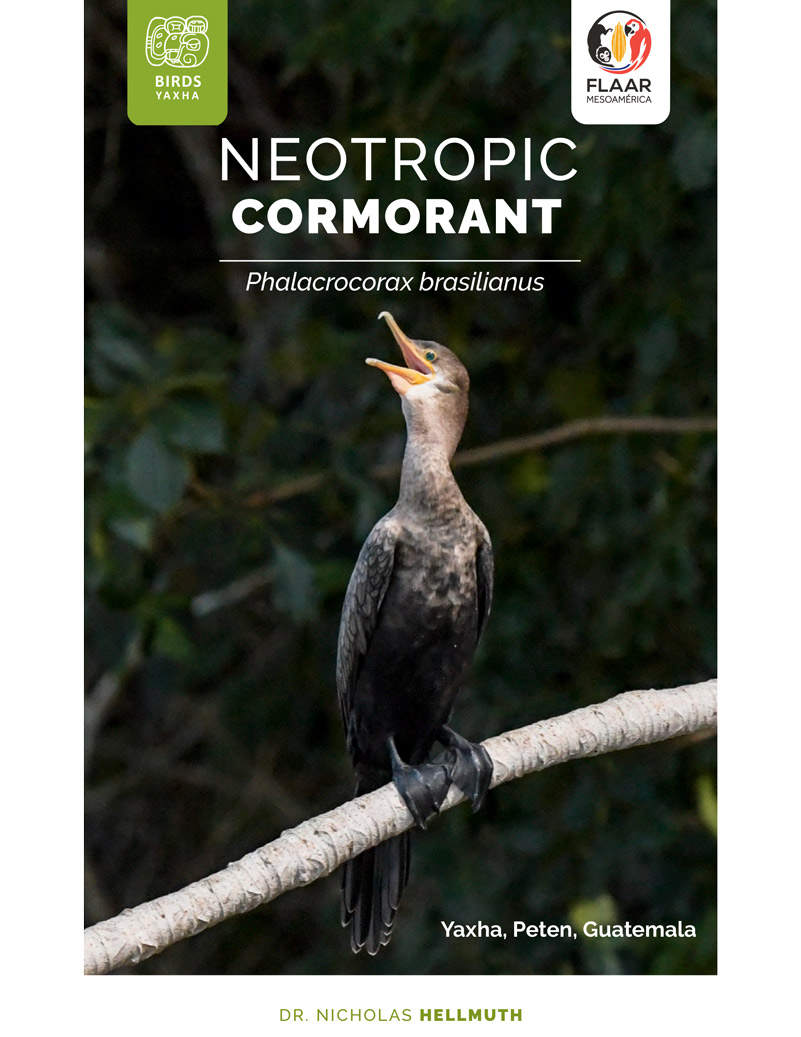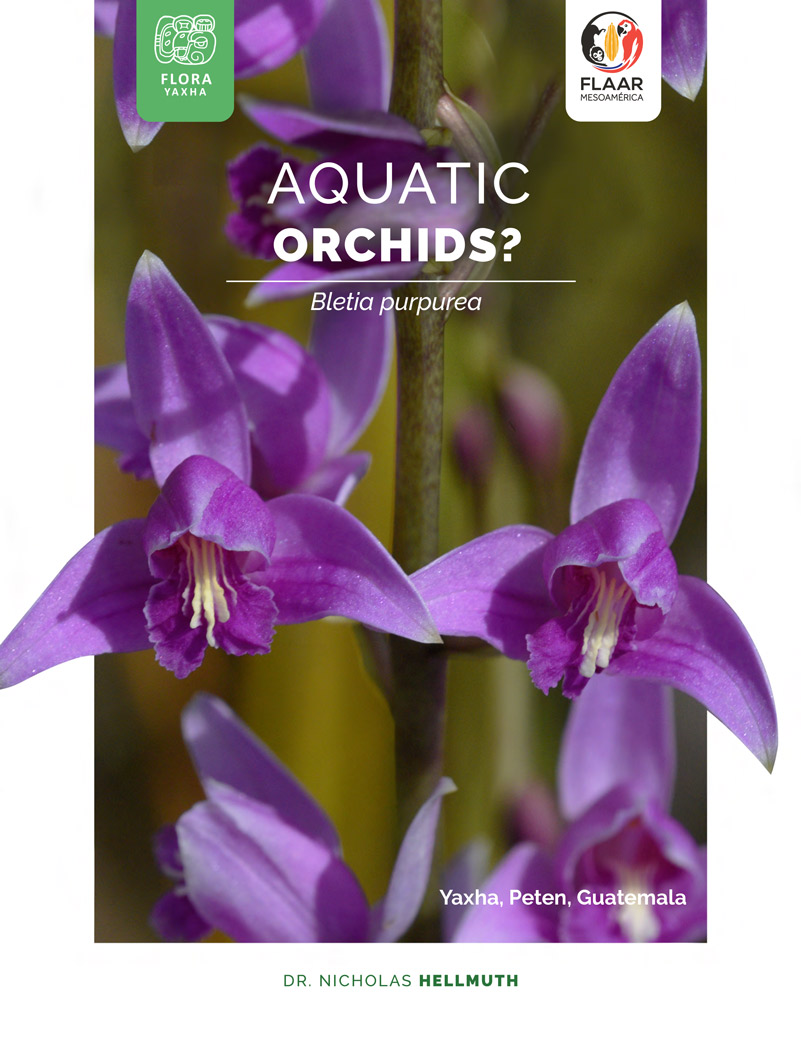Manicaria saccifera Gaertn. in Guatemala only in coastal zones
You see massive cohune (Corozo) palms as you drive into Izabal from the less wet areas south. And Attalea cohune and/or close relatives are in most hillside cow pastures between Livingston and Plan Grande Tatin. But around the coastal beach area of Buena Vista and brackish inland creek areas of Tapon Creek, and Taponcito Creek nature reserves, there are only a few areas with multiple examples of corozo palm. Same with guano palm: not many here near the coast. Is sea breeze and brackish water something these palms are not keen on?
Yet on other parts of the Caribbean shore there are majestic growths of corozo palm. So we have a lot more to learn about. But in the meantime, where there are not many Peten hillside palms in the seasonally inundated flatlands of Izabal there are thousands of Manicaria saccifera palms, called confra. These palms have impressive potential for housing materials.
Where else can you find Manicaria saccifera
So far this confra palm is listed primarily for the sea coastal areas of Belize, Izabal, Honduras and down south into South America. I am thus surprised not (yet) to find it in sea coastal areas of Quintana Roo, Yucatan, Campeche, Tabasco or Veracruz (Mexico). This raises the question of what is in the sand and soil of Belize and Izabal that is missing in Quintana Roo and elsewhere around the Caribbean?
90% of the maps of botanical gardens and websites are totally incorrect for distribution: these maps are just colored blobs that show an entire country with green when a plant is found even only in one small area of that country.
www.plantsoftheworldonline.org/taxon/urn:lsid:ipni.org:names:668116-1
The same incorrect map is on PalmWeb, Palms of the Word Online.
This is misleading to students and scholars who do not know the plant in-person or the ecosystems of the country that is blobbed with the supposed total presence of a plant. The location for this plant is coastal (for Guatemala and Belize) and the map should show this in an acceptable manner.
Manicaria saccifera, confra palm has so much potential
Local Mayan people say clearly that Manicaria saccifera, confra palm is significantly better than other palms for thatching their homes. We will have a separate page and separate photo album of the confra palm as roof thatch by end of this year.
Chemists and engineers suggest that the fibers of Manicaria saccifera, confra palm can be used to manufacturer panels for houses and even airplanes (Porras and colleagues, see bibliography).
We first noticed this palm earlier this year since I am not (yet) aware of it in Peten or Alta Verapaz. We will be doing a lot more fieldwork in Izabal during the coming year and will be reporting back.
Our PDF (photo album; photo essay on Manicaria saccifera) will be ready in a week or so.
Bibliography, books, articles, web sites: List of Suggested Reading on Manicaria saccifera, confra palm
- 2009
- Plantas comestibles de Centroamérica. Santo Domingo de Heredia, Costa Rica. Instituto Nacional de Biodiversidad. Editorial- INBio. 360 pages.
Download:
www.museocostarica.go.cr/descargas/PlantasComestiblesCA-VE.pdf
- 2011
- Perfiles estructurales a partir de laminados de Pla y Cabecinegro (Manicaria saccifera). Universidad de Los Andes, Facultad de Ingeniería, Departamento de Ingeniería Mecánica. Bogotá, D.C. 56 pages.
Free download:
https://repositorio.uniandes.edu.co/bitstream/handle/1992/14793/u471545.pdf?sequence=1
- 1995
- Field guide to the palms of the Americas. Princeton University Press.
The single most helpful book on palms of the Americas. Simultaneously the single most incomplete study of palms of the Maya Lowlands (Guatemala and surrounding areas). As is typical of more than 75% of ALL BOOKS ON PLANTS OF THE AMERICAS, everything is focused on Costa Rica or Panama and South America. Most botanical books include plants from the field research areas of Barro Colorado Island of Panama. Some books include bits of Mexico but almost never is adequate coverage because the world is focused on comfy traditional research areas such as the nice Smithsonian area of Panama.
Manicaria saccifera is briefly described in “Chapter 33”on page 118 but is not in either map #33 nor map #118. So how are you supposed to find the distribution map?
- 2011
- Etnobotánica de las palmas en las tierras bajas del Pacífico Colombiano con énfasis en la Palma Cabecinegro (Manicaria saccifera Gaertn.)
Free Download:
https://repositorio.unal.edu.co/bitstream/handle/unal/7613/190308.2011.pdf?sequence=1&isAllowed=y
- 1995
- Sustainable harvesting of tropical trees: Demography and matrix models of two palm species in Mexico. Ecological Applications 5:484-500.
- 2012
- Eco friendly core sandwich panel reinforced with Manicaria fiber and pla matrix. European Conference on Composite Materials, Venice, Italy 24-28
Free Download:
www.escm.eu.org/eccm15/data/assets/2037.pdf
- 2015
- Characterization of a novel natural cellulose fabric from Manicaria saccifera palm as possible reinforcement of composite materials. Composites Part B: Engineering, 74, 66–73.
Available Online:
www.deepdyve.com/lp/elsevier/characterization-of-a-novel-natural-cellulose-fabric-from-manicaria-0QWIOz5NvL
- 2016
- Thermo-mechanical characterization of Manicaria Saccifera natural fabric reinforced poly-lactic acid composite lamina. Composites Part A: Applied Science and Manufacturing, 81, 105–110.
Available Online:
www.researchgate.net/publication/284122884_Thermo-mechanical_characterization_of_Manicaria_Saccifera_natural_fabric_reinforced_poly-lactic_acid_composite_lamina
- 2013
- Distribución, superficie y área protegida de humedales dominados por pantanos de palmas (Arecaceae) en Costa Rica y Nicaragua. Revista de Biología Tropical, vol. 61, núm. 1, septiembre, 2013, pp. 25-33 Universidad de Costa Rica San Pedro de Montes de Oca, Costa Rica.
Free Download:
www.redalyc.org/pdf/449/44958811003.pdf
- 1984
- Manicaria saccifera. Palms and People in the Amazon pp 325-332
Available Online:
https://link.springer.com/chapter/10.1007/978-3-319-05509-1_45
Suggested web pages with photos and information on Manicaria saccifera
www.backyardnature.net/yucatan/manicaria.htm
Shows seeds from this palm washing up on the shore in Yucatan Peninsula. But evidently the seeds have rotted by the time they get this far away from where they fell into the sea in Belize or Izabal.
www.gbif.org/es/species/2735044
General information, photos and map distribution
www.palmweb.org/cdm_dataportal/taxon/ce04443e-bf1a-4e9f-aa57-35927147d0ef
Information and map distribution
http://recursos.normalpopayan.edu.co:8983/wikipedia_es_all_2017-08/A/Manicaria.html
Information
www.theplantlist.org/tpl1.1/record/kew-119702
Indicates the accepted name and six synonyms.
http://tropical.theferns.info/viewtropical.php?id=Manicaria+saccifera
Information and photos
First posted October 23, 2020.


